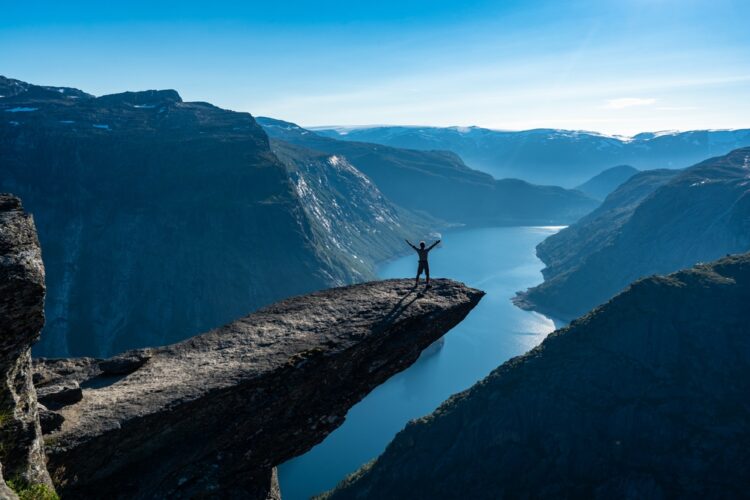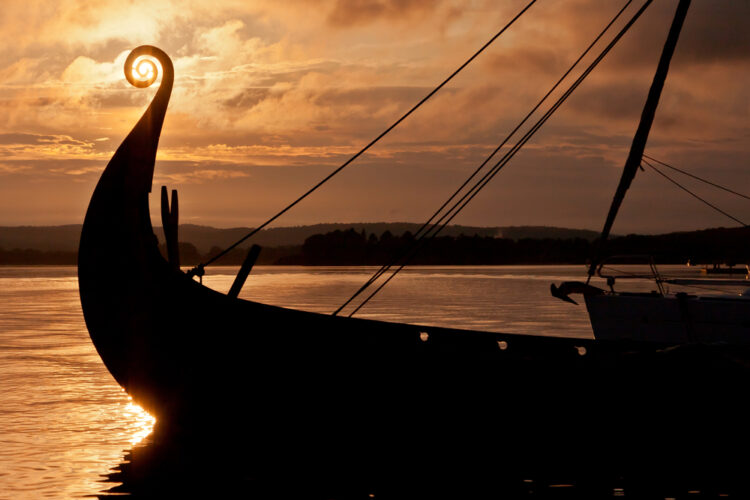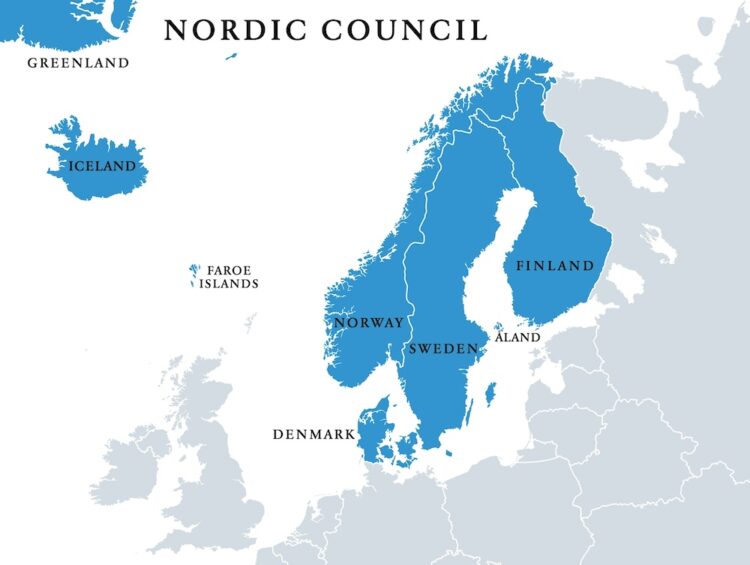We often perceive the Nordic countries in the northernmost part of Europe as a homogeneous cluster sharing similar traits and values. The ensemble, comprising Denmark, Finland, Iceland, Norway, and Sweden, indeed share common threads in terms of social structure, economic models, and cultural norms. However, each nation also boasts its own unique patterns, contributing to true diversity of the Nordic region.
The Nordic countries are geographically bound by their northern latitude, with their territories sprawling from the icy embrace of the Arctic Circle to the temperate zones of the south. Denmark, the southernmost, is characterized by its peninsular Jutland and an archipelago of islands connecting to the European mainland. In contrast, Finland, Sweden, and Norway stretch longitudinally, with Norway and Sweden sharing the mountainous spine of the Scandinavian Peninsula, and Finland resting against the eastern flank. Iceland, the most westerly, is an island nation sitting astride the tectonic Mid-Atlantic Ridge, known for its volcanic landscapes and geothermal wonders. This geographical diversity sets the stage for a variety of natural features that define each country’s unique beauty and challenges.

Norway’s fjords, carved by glacial activity over millennia, define its coastline. Sheer cliffs plunging into deep, narrow inlets are both beautiful and dizzying. In contrast, Sweden’s landscape is more gentle, with rolling hills, large forests, and a coastline dotted with islands. Finland, known as the “Land of a Thousand Lakes,” is a land of water and woods, with a geography dominated by flatlands interspersed with lakes and islands. Denmark’s topography is the most subdued, with rolling plains and a lack of mountainous terrain, while Iceland is on the geographical extreme with its active volcanoes, geysers, and rugged lava fields.
The Nordic region is rich in its history, from ancient times through the era of Vikings, to the modern age. The Viking Age marks a significant period where Norse seafarers ventured far from their homelands, reaching the shores of North America in the west and the Caspian Sea in the east. Their legacy is not only in conquests and explorations but also in the cultural and trade exchanges that shaped the early medieval period.

Post-Viking Age, the Nordics embarked on various paths. Denmark and Sweden emerged as significant powers, often clashing over regional dominance. Norway, after centuries of unions with Denmark and Sweden, gained independence in 1905. Finland, after being part of the Swedish realm and then the Russian Empire, declared independence in 1917. Iceland, settled initially by Norsemen, was under Danish rule until its independence in 1944.
Today, the Nordic countries are characterized by their democratic institutions, high levels of transparency, and comprehensive welfare states, often referred to as the “Nordic model.” This model combines free market capitalism with a comprehensive welfare state and collective bargaining at the national level. Despite their shared governance traits, each country has its nuances. For instance, Finland and Iceland have a president as the head of state, whereas Denmark, Sweden, and Norway are constitutional monarchies.
The political landscapes are stable, with multi-party systems where coalition governments are common. This stability and inclusiveness in governance contribute significantly to the high levels of trust and social cohesion in these societies.
The Nordic countries consistently rank high in global happiness and quality of life indices. Factors contributing to this include a strong sense of community, high levels of safety, comprehensive social security systems, and a commitment to work-life balance. The robust emphasis on education, healthcare, and family support further accentuates the quality of life.
However, each country has its own approach to achieving societal well-being. For instance, Finland’s education system is renowned for its less stressful, more collaborative approach, while Denmark’s concept of “hygge” – finding comfort and contentment in the simple things – is often cited as a key to happiness.


